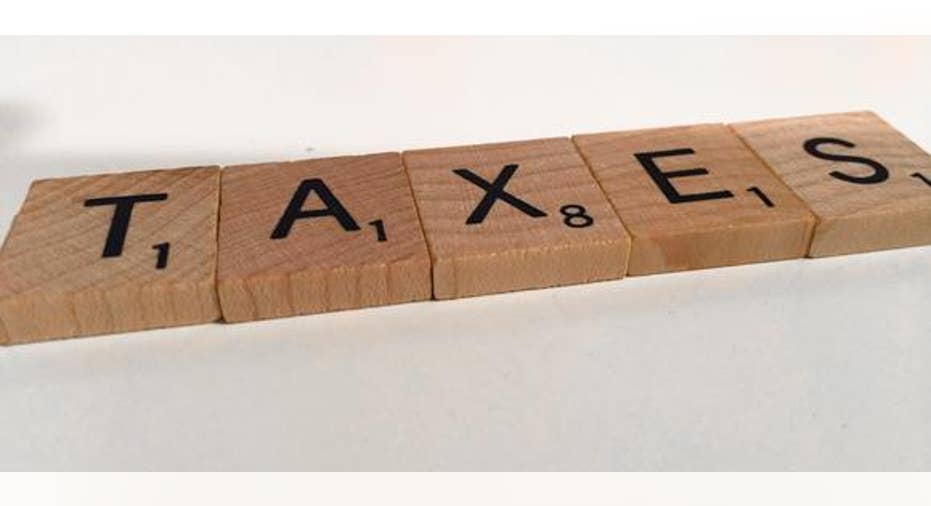How to Cash in on the Earned Income Tax Credit

The Earned Income Tax Credit (EITC) is a method for low income taxpayers to get back more than they have paid in to the tax system. It’s essentially a reverse welfare system provided to people who earn wages or income through self-employment. It was signed into law by President Ford in the 1970s and expanded and lauded by President Reagan during the 1980s as “the best anti-poverty, the best pro-family, the best job creation measure to come out of Congress.”
Today, it is viewed with skepticism. There is a high incidence of fraud. And according to a report by the Economic Policy Institute, a complaint is “it eliminates the income tax liability of many low-income workers, thus, it is claimed, giving them no ‘skin in the game’ in support of the common good. Others criticize it for redistributing income to ‘people who have never paid a dime in their lives’ but nevertheless ‘get a check from the government’ (Sandmeyer 2013).”
The payout to low income Americans is huge. According to the statistics provided by the IRS, “for the 2014 tax year, 27.5 million received about $66.7 billion in EITC during 2015.”
Employers who do not pay a living wage to their employees benefit in knowing that their workers can derive extra pay through this source of federal funding. Angela Andrews, CTEC, who prepared tax returns for H&R Block in Windsor, CA, states, “Wal Mart is right across the street. Most of their employees came to us for tax preparation. And of those that did, roughly half were entitled to the Earned Income Tax Credit.”
For single parents in dead end jobs with kids to raise, the EITC is a boon to their finances. Often, these single parents are entitled to child support from spouses who do not provide it. They are proud of the fact that they are not on welfare but working for a living. And the EITC supplements what they cannot otherwise provide for their children.
The EITC payout ranges from $503 for a single individual with no children up to $6242 for a person with three or more qualifying children. You can be any filing status, except Married Filing Separately. The credit amount is on a sliding scale and depends upon filing status, income level and number of dependent children, if any.
As the name implies, you must have earned income, that is, W2 wages or self-employment income. Investment income (dividends, interest, capital gains, etc.) must be no greater than $3,400.
The IRS provides a Q & A template on its website - Earned-Income-Tax-Credit Assistant that you can use to determine if you qualify. You must file a tax return in order to receive the credit.
After filing, you may receive a letter from the IRS asking you to send information to verify your EITC claim or to provide important information about your claim. Do not be alarmed. These are fairly standard letters. Answer honestly and provide the information they request. If you do not, they are likely to disallow your claim.
Many states also provide an Earned Income Tax Credit. In fact, last year, California became the 26th state to allow it. If your state offers an EITC, be sure to file a state income tax return, even if you had no state withholding. You may be eligible to receive additional funds.



















